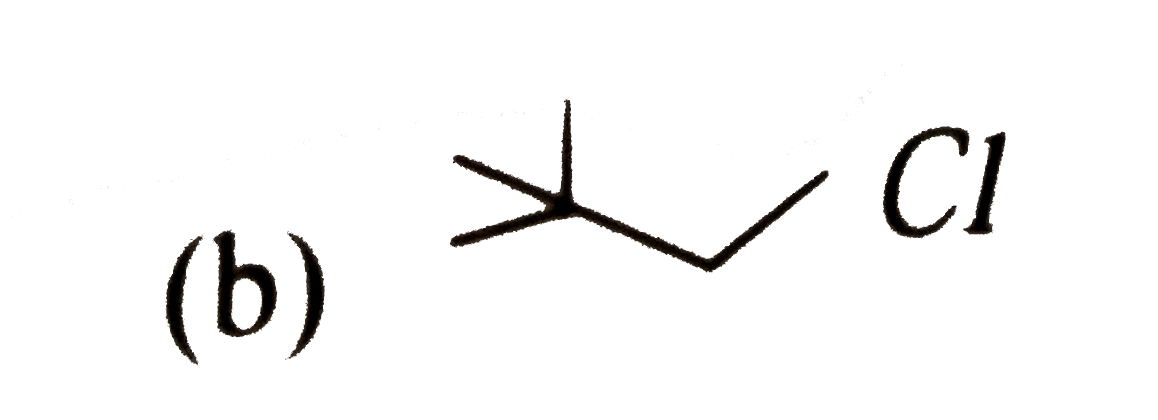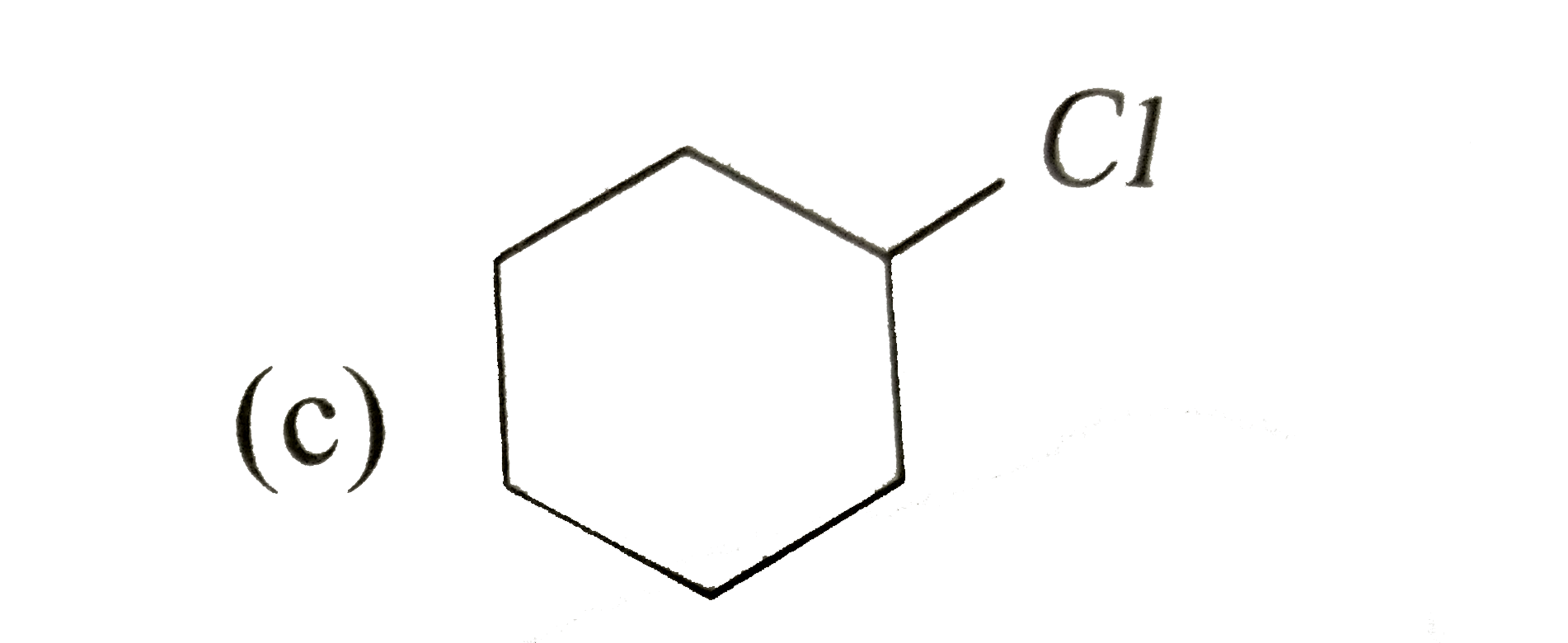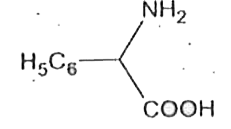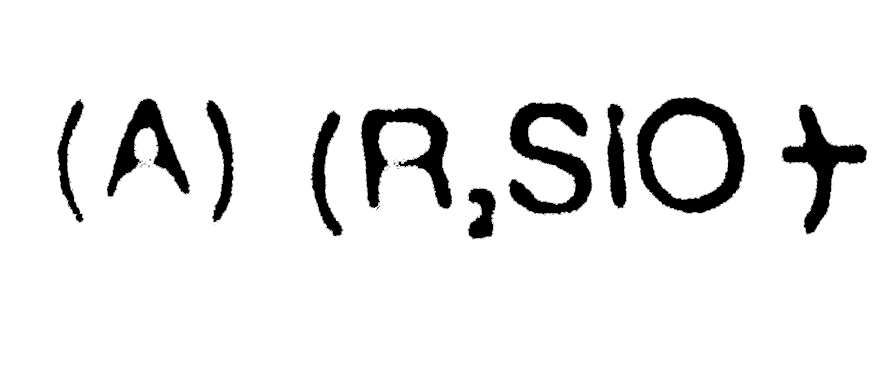Explore topic-wise InterviewSolutions in .
This section includes InterviewSolutions, each offering curated multiple-choice questions to sharpen your knowledge and support exam preparation. Choose a topic below to get started.
| 16201. |
Which of the following ions can be replaced by H^(+) ions when H_(2) gas is bubbled through the solutions containing these ions? |
|
Answer» `Li^(+)` |
|
| 16202. |
Which of the following is most soluble in water |
|
Answer» `CH_3-OH` |
|
| 16203. |
Whichof the following statements are correct? |
|
Answer» `CH_(3)overset(o+)(N) -= overset(THETA)(C)` on partial hydrolysis gives `N`-methyl methanamide. 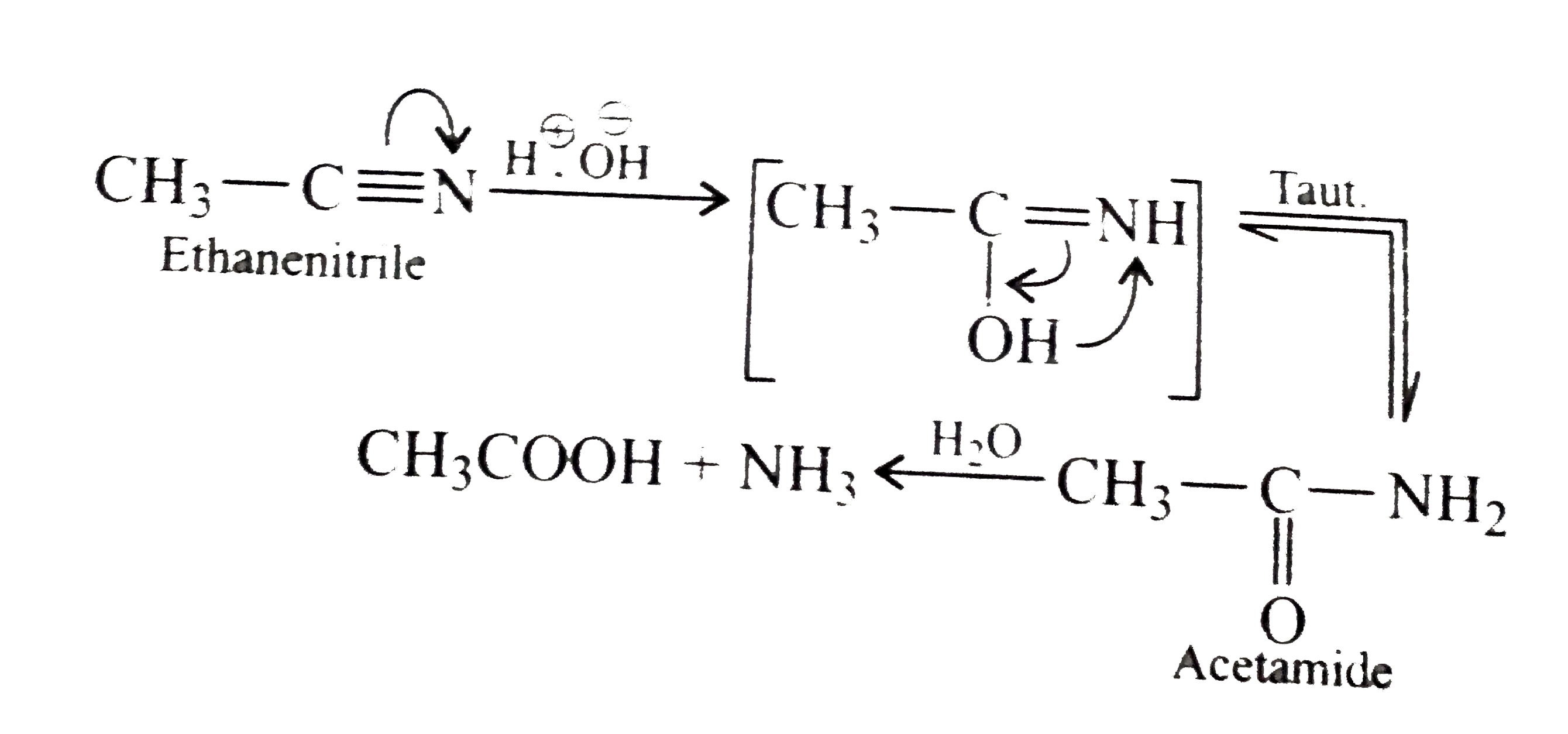 . .
|
|
| 16204. |
Which of the following does not have dipole moment ? |
|
Answer» 1. `ClO_(2)` |
|
| 16205. |
What will happen if borontrifluoride is kept in moist air? |
|
Answer» it will strongly fume `4BF_(3)+6H_(2)Oto3H_(3)O^(+)+3BF_(4)^(-)+B(OH)_(3)` `BF_(3)` is a colourless gas. |
|
| 16206. |
Which of the following oxide is stronglyacidic? |
|
Answer» `P_(2)O_(5)` |
|
| 16207. |
Which of the following statements is/are true for the complexes, [Fe(H_(2)O)_(6)]^(2+), [Fe(CN)_(6)]^(4-), [Fe(C_(2)O_(4))_(3)]^(2-)" and "[Fe(CO)_(5)] ? |
|
Answer» only `[FE(C_(2)O_(4))_(3)]^(3-)` shows optical isomerism. |
|
| 16208. |
Which of the following compounds can be used for drying of H_(2)S gas? I. Conc H_(2)SO_(4) II. P_(4)O_(10) III. Anhydrous CaC1_(2) IV. Anhydrous Al_(2)O_(3) |
| Answer» Answer :A | |
| 16209. |
Which of the following has more number of p pi-dpi bonds?(all central atoms are in excited states) |
|
Answer» `SO_(2)` |
|
| 16210. |
Which one of the following statements is not true for glucose? |
|
Answer» `alpha-D(+)-` glucose undergoes mutarotation |
|
| 16211. |
What is invert sugar ? |
| Answer» SOLUTION :When sucrose (dextro-rotatory) is hydrolysed, there is change in the sign of rotation from dextro before hydrolysis to LAEVO after hydrolysis and the MIXTURE (glucose and FRUCTOSE) obtained is called invert SUGAR. | |
| 16212. |
What volume of 90% alcohol by weight (d=0.8 g mL^(-1)) of ethanol must be used to prepare 40 mL of 10% alcohol by weight (d=0.9 g mL^(-1)) |
|
Answer» Moles of `NaCl` is produced `=(11.0 g)/(58.5 g)=0.188` MOL The `NaCl` is produced by the reaction of `(x/106)` mol of `Na_(2)CO_(3)` and `((15-x))/84` mol of `NaHCO_(3)`. Each mol of `Na_(2)CO_(3)` produces 2 mol of `NaCl` `:. (2X)/106+(15-x)/84=0.188` Solve `x := 1.35 g Na_(2)CO_(3)`, `NaHCO_(3)=(15-1.35)=13.6 g` `% Na_(2)CO_(3)=13.5/15xx100=9.0% Na_(2)CO_(3)`. |
|
| 16213. |
Which of the followingcompoundis used for watersoftening |
|
Answer» `Ca_(3)(PO_(4))_(2)` |
|
| 16214. |
Which of the following statement (s) is (are) correct when a mixture of NaCl and K_(2)Cr_(2)O_(7) is gently warmed with conc. H_(2)SO_(4) |
|
Answer» A deep red vapour is evolved |
|
| 16215. |
Which one of the following species will be most reactive in S_(N^(2)) reaction |
|
Answer»
|
|
| 16216. |
Write the structure of the major organic product in each of the following reactions :CH_(3)CH_(2)Br+KCN overset(" aq. ethanol")rarr |
| Answer» SOLUTION :`CH_(3)-CH_(2)CN` | |
| 16217. |
Whichof the following acidundergoes decarboxylationeasily? |
|
Answer»

|
|
| 16218. |
The stability of lyophilic colloid is due to which of the following : |
|
Answer» CHARGE on their particles |
|
| 16219. |
Which of the following halogen can be purified by sublimation |
|
Answer» `F_(2)`<BR>`Cl_(2)` |
|
| 16220. |
Which one of the following bases is not present in DNA? |
|
Answer» Ouinoline |
|
| 16221. |
Which of the following is molecular disease ? |
|
Answer» Allergy |
|
| 16222. |
What types of bonding helps in stabilizing the alpha-helix structure of proteins ? |
| Answer» Solution :The `alpha`-helix structure is the most ways in which a POLYPEPTIDE chain forms all possible hydrogen bonds by TWISTING into a right-handed SCREW (Helix) with the -NH group of each amino acid residue hydrogen bonded `gt C=O`of an ADJACENT turn the helix. | |
| 16224. |
Which one is false in the following statements ? |
|
Answer» Each carbon in ethylene is in `SP^(2)` HYBRIDIZATION |
|
| 16225. |
To separete a mixture of amines from each other one should follow |
|
Answer» BECKMANN's method |
|
| 16227. |
Write the electrochemical cell for the overall cell reaction Zn_((s))+2AgNO_(3)rarr2Ag_((s))+Zn(NO_(3))_(2). |
|
Answer» Solution :`Zn_((s))+2AgNO_(3) RARR 2Ag_((s))+Zn(NO_(3))_(2)` `Zn_((s)) ABS(Zn_(AQ)""^(2+))abs(Ag_((aq))""^(+))Ag_((s))` Anode Half cell `""` Cathode Half cell In this cell REACTION, Zn is oxidised to `Zn^(2+) " and " Ag^(2+)` is reduced to Ag. |
|
| 16228. |
When a solution containing "W" g of urea in 1 kg of water is cooled to -372(@)C, 200g of ice is separated . If K_(f) for water is 1.86 K kg "mol"^(-1). W is ___________ |
|
Answer» 4.6 |
|
| 16229. |
Write down the name of known polymer of polyesters category and also explain its preparation and uses. |
|
Answer» Solution :Dacron or terylene are the very KNOWN name of POLYESTERS. These are the polycondensation products of dicarboxylic acids and diols. Terylene or Dacron : Preparation : It is manufactured by HEATING a mixture of ethylene glycol and terephthalic acid at 420 to 460 K in the presence of zinc acetate- antimony trioxide catalyst as per the reaction by condensation polymerization.  PROPERTIES : Dacron fibre (terylene) is crease resistant and is used in blending with cotton and wool fibres. Uses : It is used as glass reinforcing materials in SAFETY helmets, etc. |
|
| 16230. |
Which of the following compounds is oxidised to prepare methyl ethyl ketone? |
|
Answer» PROPANOL -2 |
|
| 16231. |
Which of the following lagands can act only pi-donor ligand? |
|
Answer» `C_(5)H_(5)^(-)` |
|
| 16232. |
Which of the following reactions gives an dialkyl oxonium salt : |
|
Answer» ETHYL alcohol + SODIUM metal |
|
| 16233. |
Which of the following species are hypervalent? (A) ClO_(4)^(-)""(B)BF_(3) (C ) SO_(4)^(-2)""(D)CO_(3)^(-2) |
| Answer» ANSWER :C | |
| 16234. |
Which of the following hydroxide has maximum basic character ? |
|
Answer» `La(OH)_(3)` As a result, its basic CHARACTER DECREASES. |
|
| 16235. |
Which of the following alcohols will yield the corresponding alkyl chloride on reaction with concentrated HCl at room temperature? |
|
Answer» `CH_(3)CH_(2)-CH_(2)-OH` |
|
| 16236. |
Which one of the followingstatementregardingphotochemicalsmogis not correct. |
|
Answer» Carbonmonoxidedoes not playany roleinphotochemicalsmogformation . |
|
| 16237. |
Which of the following molecule is capable of forming zwitter ion? |
|
Answer» `CH_(3) - CHOH- NH_(2)` |
|
| 16238. |
The standard reduction potential of silver, chlorine , gold and copper are +0.80V , +1.36V , +1.42V , +0.34V respectively. The strongest oxidising agent will be |
|
Answer» silver |
|
| 16239. |
Write the structues of te product of the following reactons. (ii) (C_6H_5CH_2)_2Cd+2Ch_3COCl gives |
|
Answer» |
|
| 16240. |
Which of the following compound will give butanone on oxidation with alkaline KMnO_(4) solution ? |
|
Answer» Butan-1-ol |
|
| 16241. |
The species present in solution when CO_(2) is dissolved in water are |
|
Answer» `CO_(2), H_(2)CO_(3), HCO_(3)^(-), CO_(3)^(2-)` |
|
| 16242. |
The V-C distance in V(CO)_(6)" and "[V(CO)_(6)]^(-) are repectively (in pm) : |
|
Answer» 200, 200 |
|
| 16243. |
Which among the following is not and electrical property of colloids? |
|
Answer» Electrophoresis |
|
| 16244. |
Write the order of reactivity of CH_3OH(I), C_2H_5OH(II), underset("OH")underset(""|)(CH_3CHCH_3) (III) towards metallic sodium. |
|
Answer» Solution :The ORDER of reactivity is:I> I > III . The reactivity with SODIUM depends on ACIDIC nature of ALCOHOLS. |
|
| 16245. |
What is the IUPAC name of the compound K_3[Fe(CN)_6] |
| Answer» SOLUTION :POTASSIUM HEXACYANOFERRATE (III) | |
| 16246. |
The weight of a molecule of the compound C_(60)H_(122)is |
|
Answer» `1.4 xx 10^(-21)`G `6.023 xx 10^(23)` molecules weighs = 842 g `THEREFORE` Wt. of one molecule `=1.4 xx 10^(-21)`g |
|
| 16247. |
The repeating structural units in silicone is : |
|
Answer»

|
|
| 16248. |
Two liquids 'A' (molecular mass =20) and 'B' (molecular mass =40) are partially miscible. When 1 mol of A, 3 mol of B are shaken together and allowed to settle, two layer 'M' and 'N' are formed as shown in diagram. Layer 'M' contains 0.2 mole fraction of 'A' and layer 'N' contain 0.6 mole fraction of A. Calculate the ratio of masses of layer M to layer N. |
|
Answer» `n_(A)=x n_(B)=y` `x/(x+y)=0.2impliesy/x+1=5impliesy/x=4impliesy=4x` In layer `N` LTBR. `((i-x))/((1-x)(3-y))=0.6` `(3-y)/(1-x)+1=1/0.6implies(3-y)/(1-x)=4/6=2/3` `=9-3y=2-2x` `7=10ximpliesx=0.7, y=2.8` `w_(M)=0.7xx20+0.7xx4xx40=14+7xx16=126` `w_(N)=0.3xx20+0.2xx40=14` `w_(M)//w_(N)=9` |
|
| 16249. |
Which of the following carbonyl compounds will give recemisation reaction in the presence of acid base ? |
|
Answer» `CH_3-OVERSET(O)overset(||)C-CH_2-CH_3` |
|
| 16250. |
Which of the following can undergo nucleophilic addition reactions ? |
|
Answer» `CH_(3) CH_(2) CH_(3)` |
|

